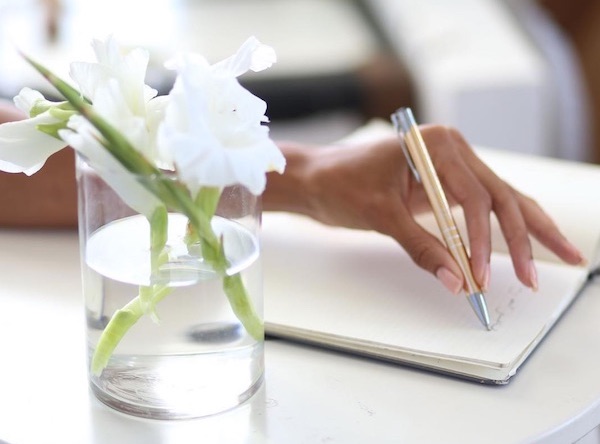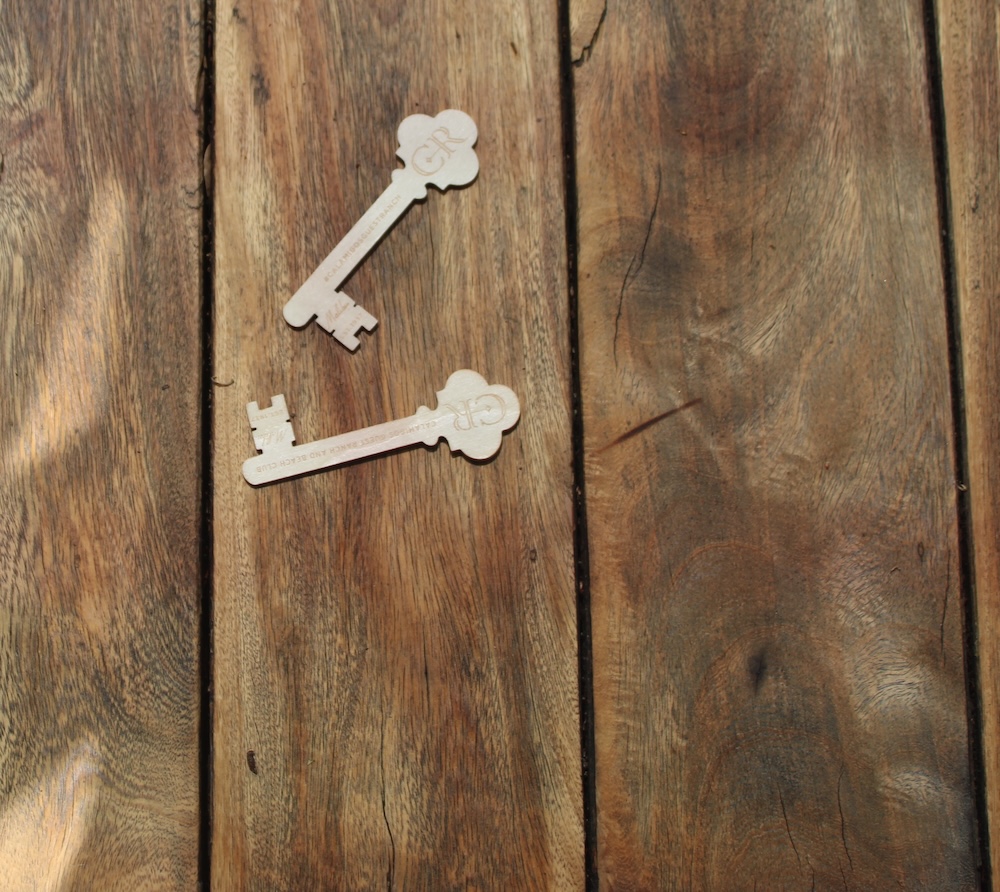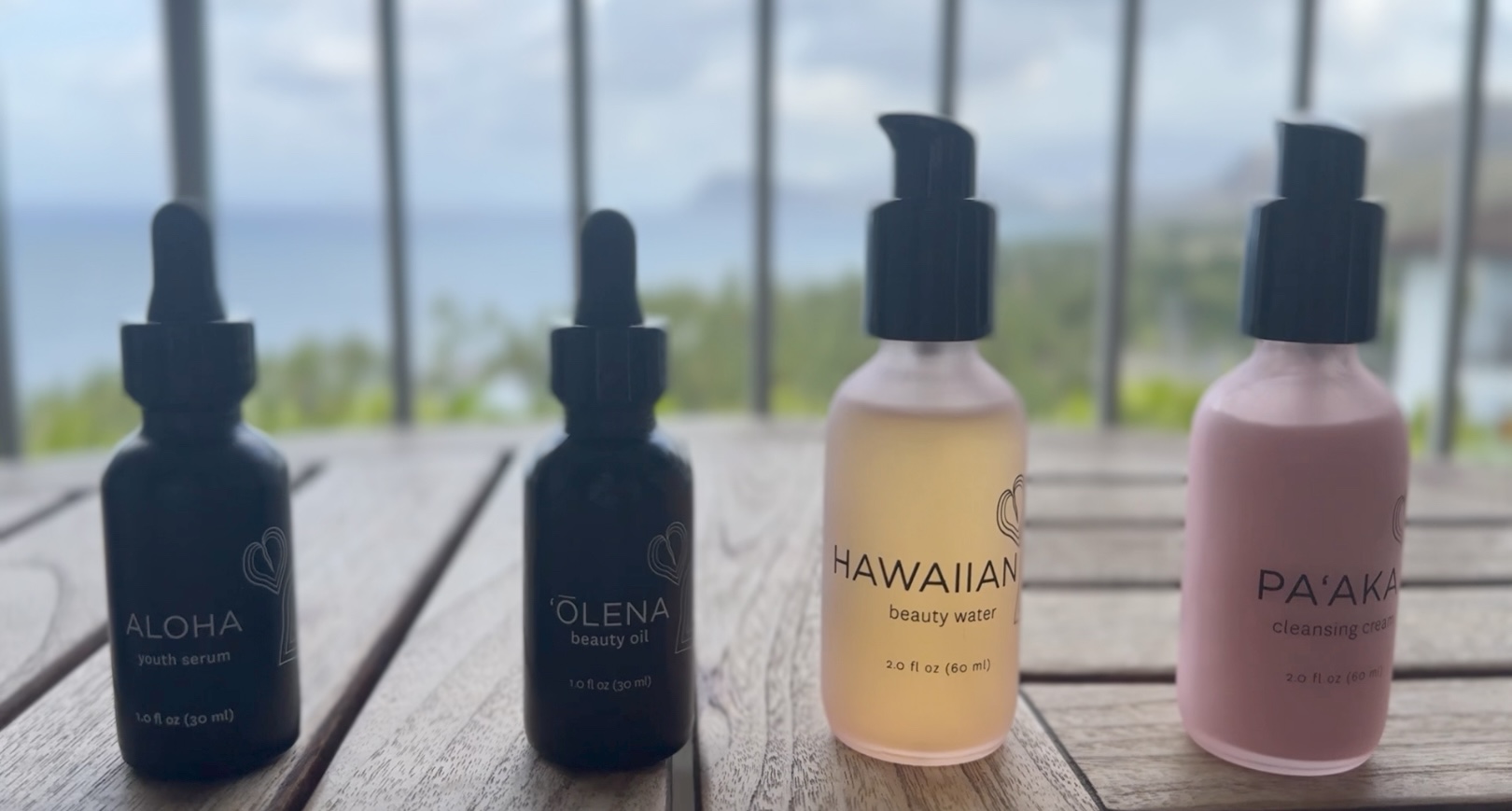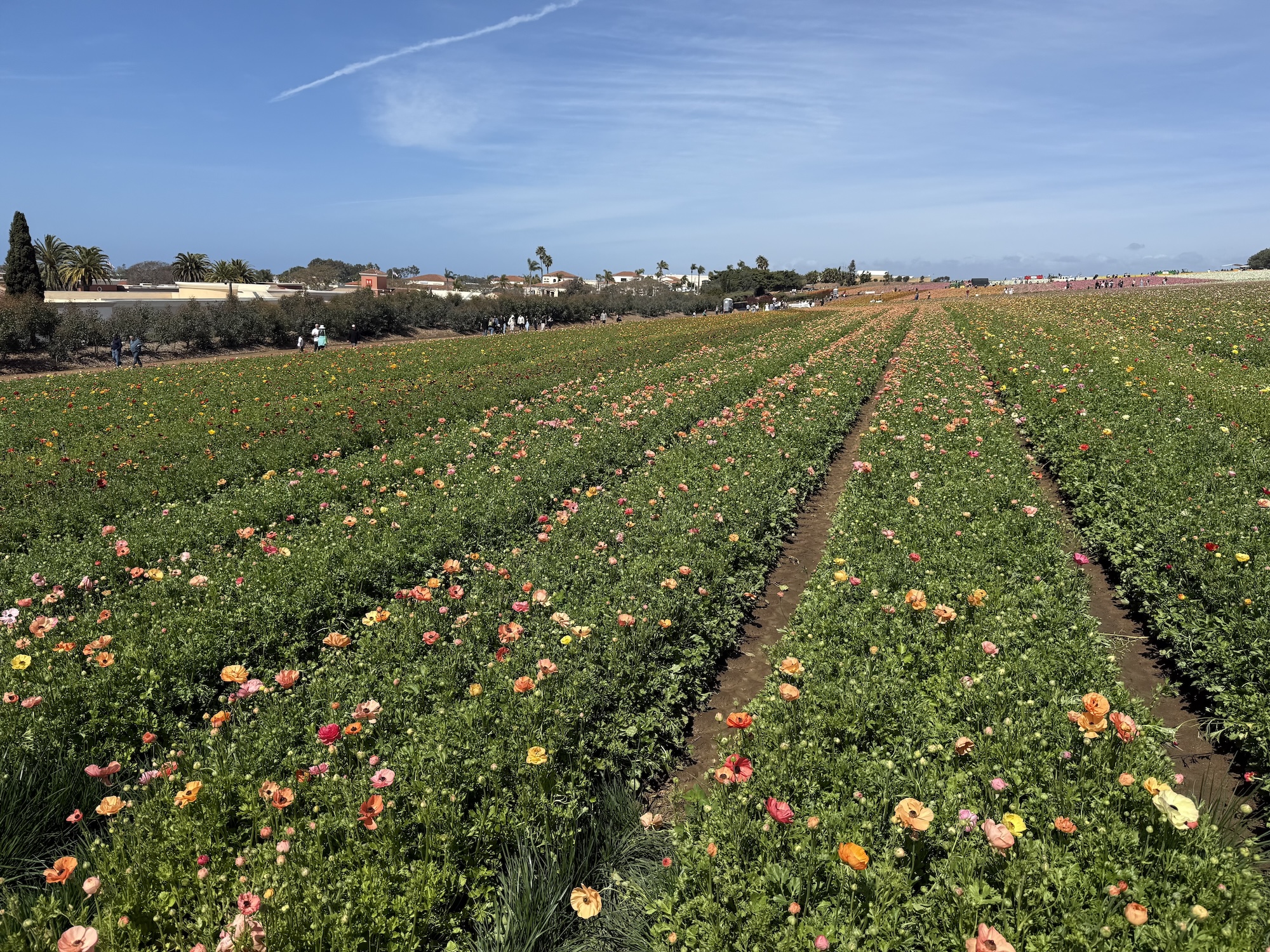Korean spas (“Jjimjilbang”) trace their heritage back to the 15th century east Asia. In South Korea today, men, women and children across generations go to the Korean spa as a part of a weekly beauty and grooming ritual. Often open twenty-four hours, Korean spas can have expansive amenities, such as nail salons, fitness rooms, food-service restaurants, and golf courses. Sleeping overnight is welcome.
The primary goal is to cleanse your body through hot and cold hydrotherapy, exfoliate the skin through a service called “Seshin,” and detox in therapeutic saunas.
In the United States, admission to a typical Korean bathhouse without a treatment costs between $25 – $40 depending on the time of day, and Seshin treatments can cost up to $200. Services range from gold-leaf masks to authentic Korean scrubs.
Upon arrival, you are given a robe, a towel, and wrist key that contains your number to track your purchases throughout the spa. Not all facilities provide slippers. I recommend bringing all of your own toiletries, as well as your preferred loofah. I have found that Korean spas only accept cash and debit cards.
Changing Rooms
If the spa is co-ed, the changing rooms and bathing areas are separated by gender. You may be able to find a little privacy in the changing rooms, but nudity is generally required in the bathing areas. Often, swim suits and underwear are prohibited (but not always). Once you change into your robe, you may find a plastic basket to carry your toiletries.
Korean Spa Bathing Areas
Allow at least 30 minutes in the bathing area.
A Korean spa will usually have rows of washing stations with plastic stools, buckets for water, and soap dispensares. Once clean, alternate between the baths and steam rooms for at least five minutes each. This process will allow your skin to prune, so that the outermost layers can be better exfoliated.
Seshin Ritual
A practitioner wearing a black bikini will call your number and direct you onto a plastic wrapped, padded table to begin the process of exfoliating your skin. Use hand mitts made of an Italian nylon, every nook and cranny of your body will be thoroughly scrubbed for approximately twenty to thirty minutes. Your practitioner will rise you with warm water, milk, and oil to the skin. Some treatments include a shampoo, face mask, and light massage. At the end of the treatment, the practitioner will hand you an envelope for her tip, so bring cash and don’t let the envelope get soaked.
Jjimjilbang
The spa will usually provide you with pajamas or a robe to wear in the Jjimjilbang, which means “heated rooms” (찜질방). Typical rooms include:
- HIMALAYAN SALT ROOM, lined with pure blocks of salt that detoxifies the body by balancing systemic pH, reduces muscle cramps by improving minerals and hydration, and helps balance blood sugar and hormone.
- ICE ROOM helps cool down heated muscles. After hot sauna, this room will lower your body temperature contracting your skin pores.
- Clay room
You may also find dark sleeping rooms with mattresses and blankets, computer labs and theaters. Most people like to bring a book or device. It’s completely acceptable to socialize with your friends or loved ones, and you’ll often see entire families sleeping together on the floor.
Restaurant
Between napping in the treatment rooms, you can stop by the restaurant and order a Korean meal. The spa eatery is usually counter service with numbered menu items options on a wall. This is my favorite part because I’m usually very hungry. I like to order vegetarian bibimbap or seaweed soup and green tea.



